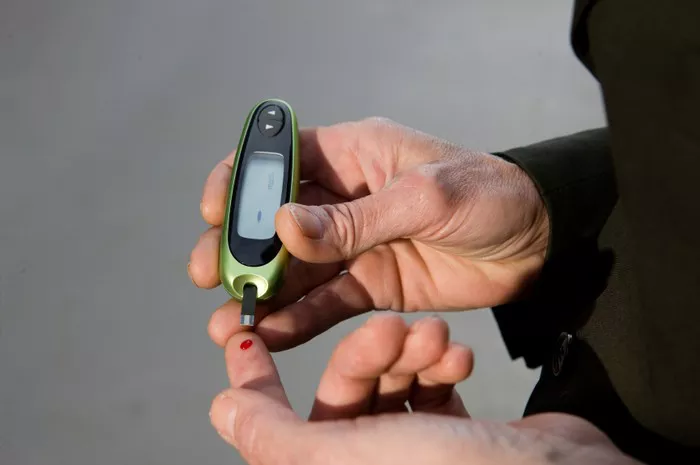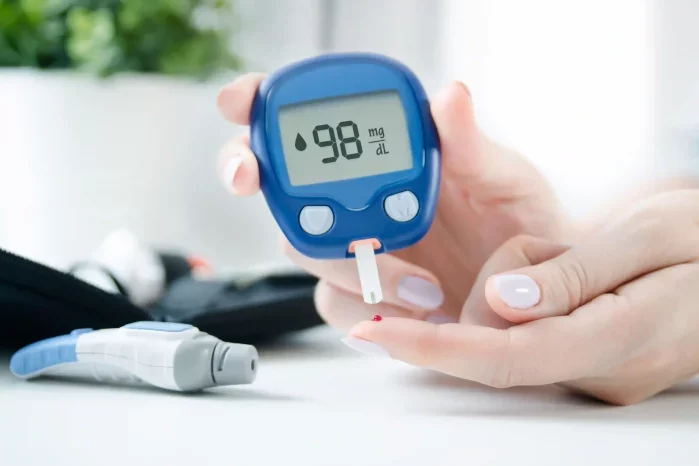Managing diabetes effectively requires careful monitoring of blood glucose levels. Traditional fingerstick tests have been the standard method for many years, but technological advancements have introduced more sophisticated tools: Flash Glucose Monitoring (FGM) and Continuous Glucose Monitoring (CGM). Both systems offer unique benefits and cater to different needs, but they also have key differences that users should understand. This comprehensive guide will explore the distinctions between FGM and CGM, their respective benefits and drawbacks, and how to decide which system may be best for you.
Understanding Flash Glucose Monitoring (FGM)
Flash Glucose Monitoring is a relatively new technology designed to provide users with real-time glucose readings. The most well-known FGM system is the FreeStyle Libre, developed by Abbott.
How FGM Works
FGM involves a small sensor that is applied to the skin, usually on the upper arm. This sensor measures the glucose levels in the interstitial fluid just beneath the skin. Users can obtain their glucose readings by scanning the sensor with a handheld reader or a compatible smartphone.
Features of FGM
- Intermittent Readings: Unlike CGM systems, FGM does not provide continuous data. Users need to manually scan the sensor to get their glucose readings.
- No Alarms: FGM systems do not have alarms to alert users of high or low blood glucose levels. This can be a limitation for those who need constant monitoring.
- Data Storage: The sensor stores data for up to 8 hours, which users can download to track trends and patterns.
- 14-Day Sensor Life: The sensors typically last for 14 days before needing replacement.
Benefits of FGM
- Convenience: Scanning the sensor is quick and easy, providing a pain-free alternative to traditional fingerstick tests.
- No Calibration: FGM systems do not require calibration with fingerstick blood glucose tests.
- Cost-Effective: FGM systems are often more affordable than CGM systems, making them accessible to a broader range of users.
Drawbacks of FGM
- No Continuous Monitoring: The lack of continuous data and real-time alerts can be a disadvantage for users who require constant monitoring, such as those with frequent hypoglycemia.
- Lag Time: Like CGMs, FGMs measure glucose in the interstitial fluid, which can lag behind blood glucose levels by about 5-15 minutes.
- Manual Scanning: Users must remember to scan the sensor regularly to obtain glucose data.
Understanding Continuous Glucose Monitoring (CGM)
Continuous Glucose Monitoring systems provide real-time glucose data around the clock. Popular CGM systems include the Dexcom G6 and the Medtronic Guardian Connect.
How CGM Works
CGM systems involve a sensor inserted under the skin, usually on the abdomen or arm. This sensor continuously measures glucose levels in the interstitial fluid and sends the data to a receiver or smartphone app.
Features of CGM
- Continuous Readings: CGM systems provide continuous glucose readings every few minutes, offering a detailed picture of glucose trends and patterns.
- Real-Time Alerts: CGM systems can send alerts for high or low blood glucose levels, providing immediate feedback to users.
- Data Storage and Analysis: CGM systems store and analyze glucose data, offering detailed reports that can be shared with healthcare providers.
- Sensor Life: Depending on the system, CGM sensors typically last between 7 to 14 days.
Benefits of CGM
- Continuous Monitoring: The continuous flow of data and real-time alerts make CGM systems ideal for individuals who need constant monitoring, such as those with type 1 diabetes or those prone to hypoglycemia.
- Data Insights: CGM systems provide valuable insights into glucose trends and patterns, helping users and healthcare providers make informed treatment decisions.
- Enhanced Safety: The real-time alerts for high and low blood glucose levels enhance safety by allowing users to take immediate action.
Drawbacks of CGM
- Cost: CGM systems are typically more expensive than FGM systems, which can be a barrier for some users.
- Calibration: Some CGM systems require calibration with fingerstick blood glucose tests, although newer models like the Dexcom G6 do not.
- Sensor Insertion: Inserting the sensor can be slightly uncomfortable, and some users may experience skin irritation.
Key Differences Between FGM and CGM
Data Monitoring
- FGM: Provides glucose readings only when the sensor is scanned. No continuous data flow or real-time alerts.
- CGM: Provides continuous glucose readings every few minutes, with real-time alerts for high and low blood glucose levels.
Alerts
- FGM: No real-time alerts for glucose levels.
- CGM: Real-time alerts for high and low blood glucose levels, enhancing safety and immediate action.
Cost
- FGM: Generally more affordable, making it accessible to a broader range of users.
- CGM: Typically more expensive, which can be a barrier for some users.
Sensor Life
- FGM: Sensors last up to 14 days.
- CGM: Sensor life varies by system, typically between 7 to 14 days.
Calibration
- FGM: Does not require calibration with fingerstick tests.
- CGM: Some systems require calibration, although newer models do not.
User Interaction
- FGM: Requires manual scanning to obtain glucose readings.
- CGM: Provides continuous data without manual intervention.
Choosing Between FGM and CGM
Deciding between FGM and CGM depends on individual needs, preferences, and circumstances. Here are some factors to consider:
1. Frequency of Hypoglycemia
Individuals who experience frequent hypoglycemia, especially those with hypoglycemia unawareness, may benefit more from CGM due to its real-time alerts and continuous monitoring.
2. Cost and Insurance Coverage
Cost is a significant factor for many users. CGM systems are generally more expensive than FGM systems. It’s important to check insurance coverage and out-of-pocket costs for both options.
3. Lifestyle and Convenience
Consider your daily routine and how either system fits into it. FGM requires manual scanning, which might be less convenient for some users. CGM provides continuous data but involves a higher cost and potential calibration.
4. Data Insights and Management
For those who need detailed data analysis and trends to manage their diabetes more effectively, CGM provides more comprehensive insights compared to FGM.
5. Ease of Use
Both systems have a learning curve. FGM is straightforward, requiring only scanning. CGM involves sensor insertion and, in some cases, calibration.
Real-World Applications and User Experiences
Case Study 1: Type 1 Diabetes
Patient Profile: A 25-year-old female with type 1 diabetes experiencing frequent nocturnal hypoglycemia.
Chosen System: CGM (Dexcom G6)
Outcome: The continuous monitoring and real-time alerts helped the patient manage nocturnal hypoglycemia more effectively. The detailed data also assisted her endocrinologist in fine-tuning her insulin regimen.
Case Study 2: Type 2 Diabetes
Patient Profile: A 55-year-old male with type 2 diabetes on oral medications, concerned about high postprandial blood sugar levels.
Chosen System: FGM (FreeStyle Libre)
Outcome: The patient found the FGM system convenient and cost-effective. Regular scanning before and after meals helped him understand the impact of different foods on his blood sugar levels, leading to better dietary choices.
Future Developments in Glucose Monitoring
The field of glucose monitoring is continuously evolving. Innovations aim to improve accuracy, user experience, and accessibility. Future developments may include:
- Longer Sensor Life: Extending sensor life to reduce the frequency of replacements.
- Integration with Insulin Pumps: Enhancing closed-loop systems for automated insulin delivery based on real-time glucose data.
- Improved Accuracy: Advancements in sensor technology to reduce lag time and increase accuracy.
- Wearable Technology: Integration with smartwatches and other wearable devices for seamless glucose monitoring.
See also: What is the Real Cause of Diabetes?
Conclusion
Both Flash Glucose Monitoring (FGM) and Continuous Glucose Monitoring (CGM) offer significant advancements over traditional fingerstick testing, providing valuable tools for managing diabetes. Understanding the differences between these systems is crucial for making an informed decision.
FGM, with its intermittent readings and cost-effectiveness, is suitable for users who do not require constant monitoring and prefer a more affordable option. CGM, with its continuous data and real-time alerts, is ideal for individuals needing frequent monitoring and detailed glucose insights.
Consulting with healthcare providers, considering personal needs, and evaluating costs will help determine the best glucose monitoring system for effective diabetes management. As technology continues to advance, these systems will likely become even more integral in improving the quality of life for individuals with diabetes.
Related topics:
What Destroys the Beta Cells in the Pancreas


























